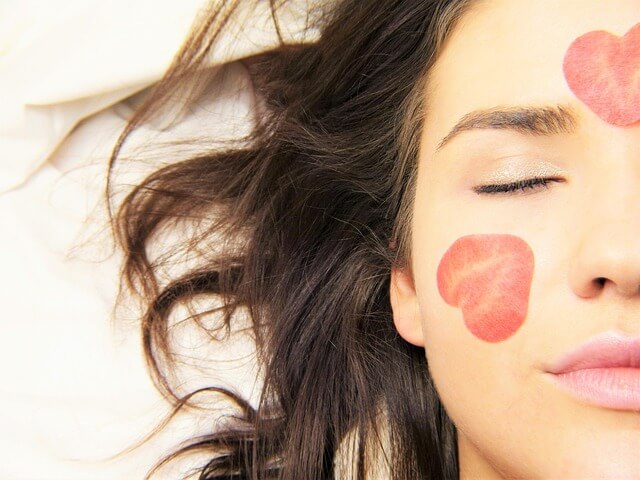The Peel That Teaches Skin to Heal Smarter
Not all skin renewal needs to be harsh. Some treatments don’t burn or strip; they guide. A biological peel belongs to that new generation of therapies that work by teaching the skin, not fighting it. Instead of forcing rapid exfoliation, it stimulates natural cell turnover and strengthens the layers that hold long-term balance.
The science behind this approach rests on the idea that the skin can correct itself if reminded how. Traditional chemical peels remove damaged cells through controlled injury, prompting a quick response. Biological methods, however, use natural acids, enzymes, and amino compounds that the body already recognises. The process feels less like disruption and more like coaching.
During treatment, these bioactive ingredients loosen dull surface cells and signal the deeper layers to produce fresh ones. The visible result appears over days, not hours. That slower rhythm is intentional it allows the skin to adapt without triggering inflammation. The outcome is smoother texture, clearer tone, and resilience that stays beyond the glow of day one.
Many clients choose this type of peel because it feels safer for sensitive skin. With minimal downtime, they can return to daily life immediately, avoiding the redness or peeling often linked to stronger acids. Yet, comfort is only one part of the appeal. The deeper reason lies in the skin’s ability to learn. After a few sessions, its self-renewal cycle becomes more consistent, reducing the need for frequent maintenance.
Professionals value this balance between science and softness. They understand that true improvement isn’t measured by how much skin is removed but by how well the remaining layers function. A biological peel encourages that function naturally. It restores the language between surface and structure the way cells communicate about moisture, defence, and repair.

Image Source: Pixabay
This method also fits the growing movement toward regenerative aesthetics. People no longer want to look “treated.” They want to look rested, alive, and authentic. Treatments that respect the body’s rhythm deliver those results better than aggressive ones that chase speed. The difference is subtle but lasting.
Preparation plays a vital role, too. Practitioners often recommend gentle cleansing and hydration a week before treatment. Balanced skin responds more evenly to biological formulas. Afterwards, sun protection and light moisturisers help the new cells mature without stress. It’s a cooperative process: science initiates renewal, and self-care supports it.
The benefits extend beyond appearance. Clients frequently report that their skin becomes less reactive to weather and products. That stability hints at improved barrier strength a sign that the deeper layers are now communicating properly. Over time, breakouts lessen, and the complexion gains a calm, steady glow that feels earned rather than purchased.
There’s also an emotional shift in how people view their own care routines. A biological treatment reminds them that progress doesn’t need to hurt or rush. It shows that gentleness can still produce strength. This mindset often changes how they approach skincare altogether. They start choosing products and habits that maintain harmony instead of chasing extremes.
Some experts even describe the effect as “cell education.” Each round of treatment refines the skin’s response to stress, much like training muscles through repetition. The improvement builds gradually, creating texture that feels alive rather than polished. The treatment’s power lies in what it activates, not what it removes.
When viewed this way, the biological peel becomes more than a cosmetic procedure. It’s a small demonstration of how science and biology can collaborate. It proves that correction doesn’t always mean aggression and that renewal, when done with respect, lasts longer than a single cycle of peeling.
By teaching the skin to remember its own rhythm, this treatment redefines what recovery looks like. It doesn’t chase perfection; it restores intelligence. And when the skin learns to heal smarter, beauty follows naturally.

Comments